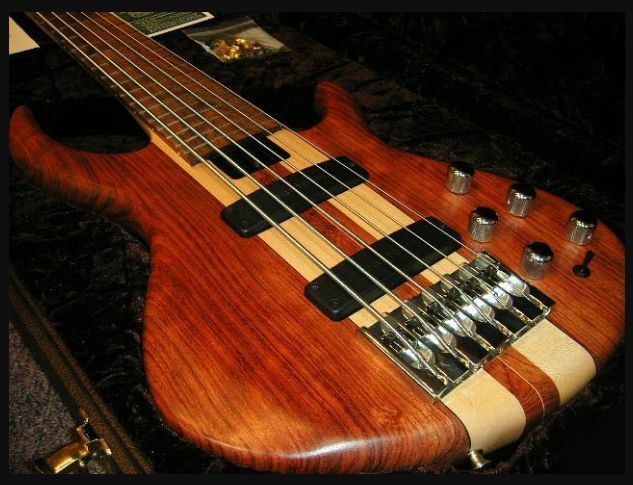Michael J. Hove, Céline Marie, Ian C. Bruce, and Laurel J. Trainor
PNAS 2014 ; published ahead of print June 30, 2014,
http://www.pnas.org/content/early/2014/06/25/1402039111.full.pdf+html
The statement you provided suggests that there may be a relationship between the perception of time and musical pitch, particularly in the context of rhythm perception and bass-ranged instruments. Here’s an overview of how this relationship might be understood:
1. **Temporal Processing and Pitch Perception**: Research has shown that there may be differences in temporal processing abilities across different pitch ranges. Specifically, individuals may exhibit superior time perception for lower musical pitches compared to higher pitches. This phenomenon could be related to the physical properties of sound waves, as lower frequencies have longer wavelengths and slower temporal fluctuations, making them easier to track over time.
2. **Rhythm Perception**: In music, rhythm refers to the temporal organization of musical events, including beats, accents, and durations. Rhythm perception involves the ability to perceive and synchronize with temporal patterns in music. Given the potential for superior time perception for lower musical pitches, it’s possible that bass-ranged instruments, which produce lower-frequency sounds, play a foundational role in laying down the rhythmic framework of musical compositions.
3. **Role of Bass Instruments**: Bass instruments, such as the double bass, electric bass guitar, and bass synthesizer, often provide the rhythmic foundation and harmonic support in musical ensembles. Their lower pitch range and strong rhythmic emphasis contribute to the perception of pulse and groove in music. Bass lines often outline the underlying beat or rhythmic pattern, anchoring the ensemble and providing a reference for other musicians to synchronize with.
4. **Perceptual Hierarchy**: The perceptual hierarchy of musical elements suggests that listeners prioritize lower-pitched sounds in rhythm perception and beat tracking. This is consistent with the idea that lower-pitched sounds may have a more salient and prominent temporal presence, making them easier to perceive and synchronize with.
Overall, the relationship between time perception, pitch perception, and rhythm perception is complex and multifaceted. While there is evidence to suggest that individuals may exhibit superior time perception for lower musical pitches, further research is needed to fully understand how this phenomenon influences rhythm perception and the role of bass-ranged instruments in laying down musical rhythms.
